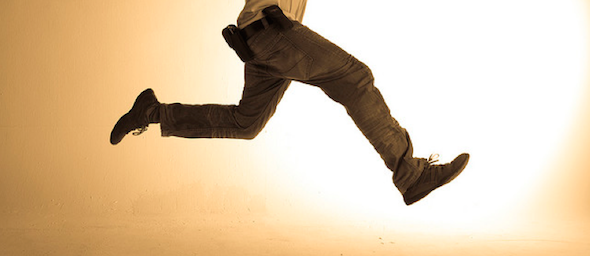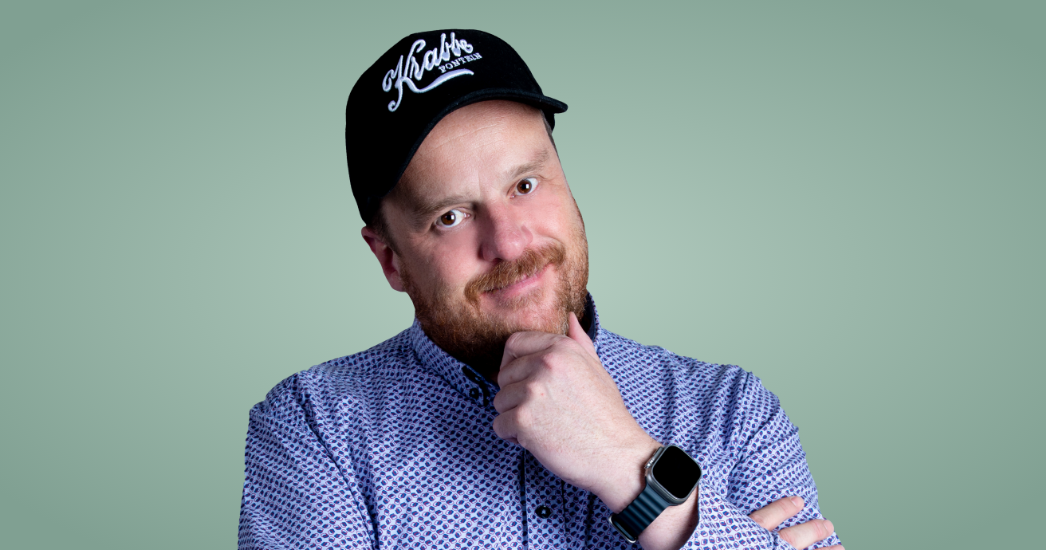Burn your bridges: focus on Kodakisation, not Uberisation
By Manuel Diaz, Emakina.FR – translated from his post in French
The digital threat now has a name: Uberisation. The term was coined by Maurice Levy, President at Publicis, as it seems all businesses today seem to live in fear of the Uberisation menace. The term has created a real awareness about the topic. It helped put a name to a real danger and made it tangible. But by drawing attention to the phenomenon, we look away from a far more insidious creeping threat with just as radical effects: Kodakisation.
What is Uberisation?
Uberisation is the undermining of a business based on two reasons. The first is the entry of a new market player positioned elsewhere in the value chain. The second is the arrival of a fresh player offering a new and better experience.
The two reasons are often linked. In order to be able to deliver this new and continuous experience, you position yourself elsewhere in the value chain. More precisely, you place yourself more in the centre of an experience chain, instead of a value chain. In short, Uberisation is an exclusion from the experience chain.
Kodakisation, worse than Uberisation
In an interesting post on the future of insurance in a digital world, the author has labelled something we’ve all seen at least once. Something that is observed in many companies and sectors: Kodakisation.
Uberisation is the result of a lack of reflection on markets, business models and experiences made possible by digital. In short it is a lack of innovation, related to products, business models, technology and services. Kodakisation is fear of burning your bridges. It is the fear of transformation, pushing you to stay in the logic of taking small steps.
As stated in the article, Kodak had understood digital photography. They had even seen it well before all others. Kodak was not behind on innovation. They had designed one of the first digital cameras. Kodak did not have an issue of competence; their devices were very good for the time. But it was a different market with different margin logic. And with different distribution channels, also.
 ©Sabrina’stash I Flickr
©Sabrina’stash I Flickr
Even when Kodak had seen the danger before anyone else and designed a quality product in response, all this was worth nothing, unless they would have decided to change the market, change their business model, and their distribution channel. To go elsewhere with other products and other partners. It required taking a leap of faith, jumping into the unknown, leaving a comfortable situation, with mastered but compromised solutions.
Kodak knew where to go but they preferred not to take the leap into the unknown. So they decided for a half-baked solution inside a ‘business as usual’ scenario. They chose to have the product of the future while remaining in the comfort zone of their past. Improve, add, but not to transform and remove.
Responding to Uberisation does not protect you from Kodakisation
Once you understand what is happening, once you have concluded your reflection on positioning, experience and business models, it still takes courage to burn your bridges to start afresh. To leave behind what you are, to be able to become what you can be. And this is by far the most difficult phase.
 ©Edith Soto I Flickr
©Edith Soto I Flickr
As the PWC 2015 CEO Study shows, digital transformation and the governing rule of what I call ‘the experience chain’ will have a consequence. It will lead companies to change their business activities or to extend transversely on areas adjacent to them. To take this decision is much harder than to ‘just’ innovate. It’s a bit like leaving home to move away. You have a vague notion of the address, you have no idea what you will find at the door of your new house, you do not know how to behave there or what the neighbours are like, or the rules of co-ownership of the building. And there’s no turning back once you pulled the door shut the last time at home.
Where is the world of health going? What is the future of the press? Where will car manufacturers be further down the road? Today, to name only these sectors, many policy makers know where to go, what their future will look like. There are many examples we can turn to for inspiration. Innovation efforts are multiplying, backed by consultants’ support. The problem is not there, really. The real problem is definitively to turn a page, leave behind certain activities, refocus, integrate new ecosystems, explore territories where we you will again have to prove yourself, learn to position yourself.
Do you have your anti-Uberisation strategy ready? Well, good! But it will not protect you from Kodakisation. You have to be ready to burn your bridges. When facing this danger the enemy no longer is outside. He is inside your own walls. It is you.
Original text by Manuel Diaz, initially published in French on www.manueldiaz.fr







